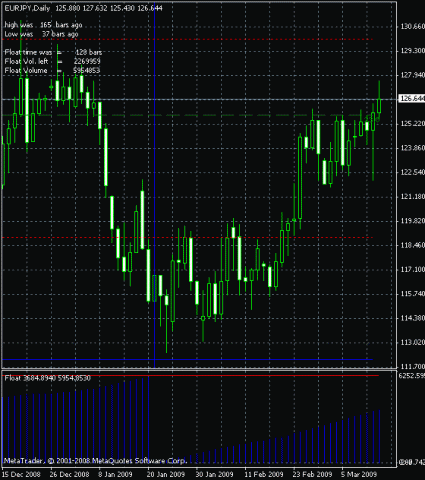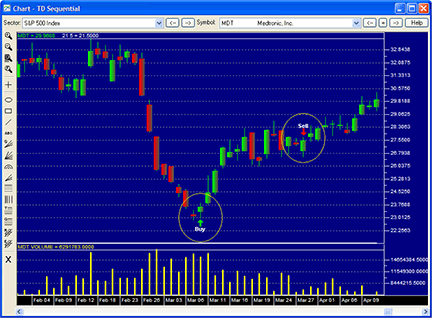PriceOscillator Divergence in Forex Trading Forex Journal
Post on: 17 Апрель, 2015 No Comment

Price-Oscillator Divergence in Forex Trading
Details Published on Wednesday, 17 October 2012 18:07
Many Forex traders consider divergence to be a complete, self-contained trading signal that can accurately forecast potential reversals or trend continuations.
Other traders dismiss divergence entirely, regarding it as little more than a chart anomaly that appears randomly and for no meaningful purpose. These rather extreme viewpoints are both relative misconceptions.
Price-oscillator divergence should not be regarded as a self-contained trading strategy, nor should it be ignored as a chart anomaly. As part of an overall technical trading approach, these common chart signals should be heeded for the ability to warn of potential price momentum changes or trend continuations. But, any decision to act on these signals should be confirmed by other indications that support the trade decision. The supporting indications can either be technical or non-technical, but some kind of confirmation of a divergence signal should be obtained before a trade is taken. If confirmation is found, divergence can contribute to creating a high-probability trading environment.
Price-oscillator divergences in the Forex market are instances when a technical imbalance occurs between the price movement of a currency pair and an oscillator that is a mathematical derivative of that price movement. The oscillator that is used to identify divergence can be any of a number of different chart studies that can be found on any Forex charting platform. These oscillators include:
- Stochastics
- Relative Strength Index (RSI)
- Moving Average Convergence/Divergence (MACD)
- MACD Histogram
- Rate of Change (ROC)
- Momentum
- Commodity Channel Index (CCI)
- Williams’ %R
- Any other oscillator that travels between horizontal bounds

Once an oscillator is chosen, the process of searching for divergence is straightforward.
Under normal circumstances, when there is no divergence an oscillator that measures momentum (like those mentioned) should follow the price movement. In other words, the extremes (peaks and valleys) in both price and the oscillator should be in relative agreement. Higher highs, higher lows, lower highs and lower lows on the oscillator should correspond with the same in price action. This should be the case when there is no price-oscillator divergence.
Once divergence occurs, the indication is that price and the oscillator disagree regarding momentum. This temporary aberration can be a significant indication that some impending event may occur. In the case of one type of divergence, this could be a reversal in current momentum or a waning of current momentum that results in a price consolidation. In the case of the second type of divergence, this could mean a potential continuation of the current momentum. These are the two types of divergence that every technical Forex trader should be aware of. Traders generally refer to them as ‘regular (or classic) divergence’ and ‘hidden divergence.’
Regular divergence is the most common type of divergence and is what many traders mean when they refer to the general concept of divergence. Regular divergence serves as an early signal that a loss of momentum and a potential price reversal, or at least a consolidation, may be in the making.
This is an excerpt from October 2009 issue of Forex Journal.














